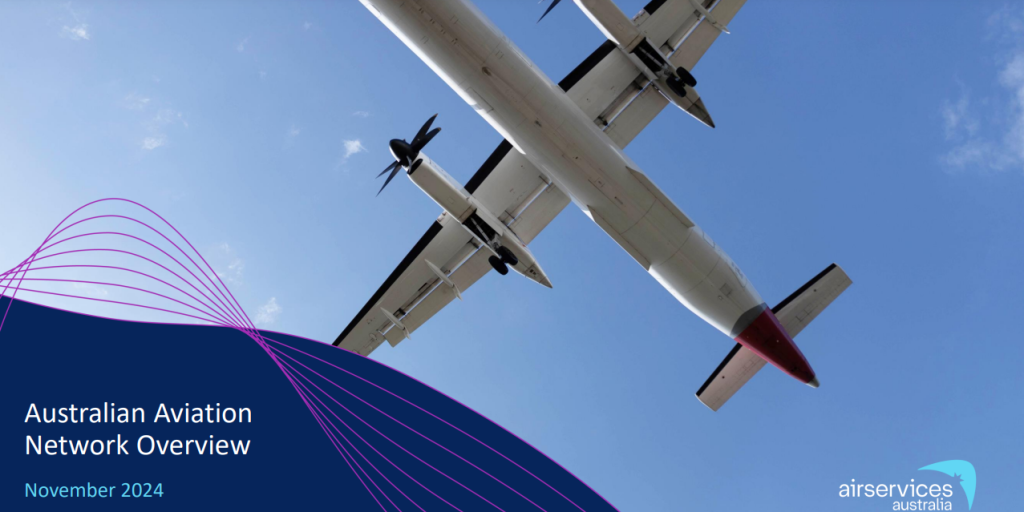Q: What are you doing to support your staff who may be affected by sites with historical contamination?
A: The safety of our people is paramount. Since we started phasing out PFAS containing fire fighting foams in the early 2000s, we have continued to examine the emerging evidence in this area and work with Commonwealth and state/territory authorities to better understand any health implications as well as the impact of Airservices legacy airport contamination.
We engaged the University of Queensland to consider exposure risks to staff and contractors working at sites where there may be historical PFAS soil contamination.
In 2013, Airservices took the proactive step of conducting a detailed staff exposure study. This involved free voluntary blood testing for our fire fighting staff. The study was made available to all staff and the union representing fire fighters. This study has also been provided to Comcare and published in a de-identified form in the peer-reviewed scientific journal, Environment International.
You can download a copy of the study here.
The subsequent study and report by the University of Queensland in 2015, concluded there is no increased risk of exposure if staff wear appropriate protective personal equipment and practice good hygiene i.e. wash their hands after any operational activities.
In the coming year, we will be conducting our second detailed staff exposure study, run again by experts from the University of Queensland, to measure PFAS blood serum levels. The study will again be voluntary and is open to all current and former Airservices fire fighters. This study was designed with input from our staff and representatives of the fire fighters union.
We believe we are the first fire fighting service in the world to conduct a longitudinal study of exposure levels, which will contribute to the broader science on this subject.
Q: Can I see the copy of the report by the University of Queensland referenced in some media reports? Was this shared with airports and other stakeholders?
A: The findings of UQ’s report on risk assessment and construction exposure was shared with a large number of airports and other stakeholders in early 2016. The full document is available here.
Q: Can Airservices provide commentary on the health impacts of PFAS exposure?
A: Airservices is not a health expert and we rely on guidance provided by Australian health authorities. It should be noted that whether PFAS causes adverse health effects in humans is currently unknown. Overall, at this time, studies do not clearly establish a causal relationship between PFAS exposure and adverse health effects in humans, even where there has been occupational exposure in orders of magnitude higher than the general population.
The Commonwealth Department of Health advises there is no conclusive evidence that PFAS causes any specific illnesses, including cancer, in humans. This advice was supported by the findings of the Commonwealth Government’s independent Expert Health Panel for PFAS which released its report in May 2018.
Further information for media
If you are a member of the media and have questions that relate to the historical use of PFAS containing foams at a specific Australian airport, please contact media@airservicesaustralia.com.



